 Hot Products:Low Frequency Online UPS
Feb 27, 2025
Hot Products:Low Frequency Online UPS
Feb 27, 2025
CNG331 Series Low Frequency Online UPS 10-800KVA
CNG331 series UPS for China's top product, had application in key equipment for the power system protection, could provide high quality power, with high level of availability and scalability, and invest iminimize Total Cost of Ownership (TCO).
Application:
Application mainly used in large IDC rooms, bank/securities settlement center,communication nerwork management center, seml-conductor product lines and large automation production with it's control system.
According to the special needs of users was improved, used in large sports venues,conference room, theater, highway and railway tunnels metal hatide lamp lighting system.
Key Features:
Use advanced 6th generation DSP and full digital control technologies to realize higher systyem stability.
Output power factor is 0.9, carrying capacity than conventional UPS with 10% above, as users reduce investment cost.
Advanced distributed active parallel technology can realize paraller operation of 6PCS UPS units without the need of centralized bypass cabinet.
6-inch extra large LCD that can display 12 languages (Chinese,English, Russian, Spanish, French and so on).
Extra wide input voltage and frequency range make it adapt to severe power grid environment.
Intelligent battery management maintains battery automatically to prolong the battery life.
Standard input/output filter improves the system EMC performance.
Extra strong capability to withstand output overload ans short circuit, ensuring the system stability and system safety under extreme conditions.
Layered independently-sealed ventilation channel and re-dundant fan, circuit boards with protective paints and a dust filter embedded make it highly efficient to dissipate heat and protect the product effectively under severe environment.
Excellent Electrical Performance:
Online double transform structure, doulbe DSP control technology.
CNG331 series UPS using real online double transform structure. This architecture is currently the best to solve the power structure. The framework can almost completely solve all the power problems, such as power utility high and low voltage, voltage instantaneous fall, reduce oscillations, high-voltage pulsed, voltage fluctuation, surge voltage, harmonic distortion, clutter interference, frequency wave power supply problems. provide continuous, stable and pure sine wave power for the load.
Adopt double DSP high speed digital signal processing chip collaborative central CPU microprocessor common to the system control, feedback, measuring, display, communication etc for all-round real-time processing, and make the system parameters keep the same when en-vironment ( temperature, humidity, noise, etc) changes. Even in the input signal distorted, can also provide accurate current, voltage, frequency and waveforms output. This technology has powerful control functions, thus realizing the computer system's comprehensive power management.
Efficiency, Energy-saving, Environmental Protection Design the Efficiency of Machine is up to 94%:
Overview of large UPS equipment, efficiency, impact significantly on energy costs that percentage of minor differences can save considerable operating costs.Our design team from start improve efficiency and make a lot of effort. Especially for the actual operation of the load rate (example: 50% of the load operation, etc.) were carefully considered.
Note: This series of UPS machine efficiency is 94%, ECO mode 98%, other brands of domestic power UPS efficiency of the unit segment is 80~90%.
We recommend you CONSNANT UPS: CNG331 Series to protect your power supply!
For more information, please contact us directly.
Shenzhen Consnant Technology Co., Ltd.
Website: www.consnant.com
E-mail:sales@consnant.com
WhatsApp/WeChat: +86 13501592453
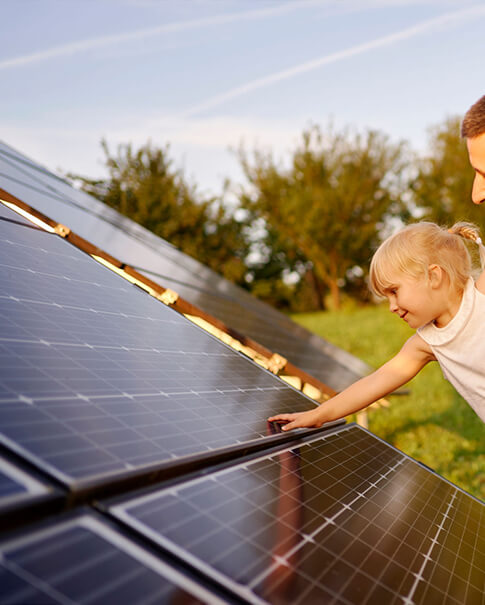
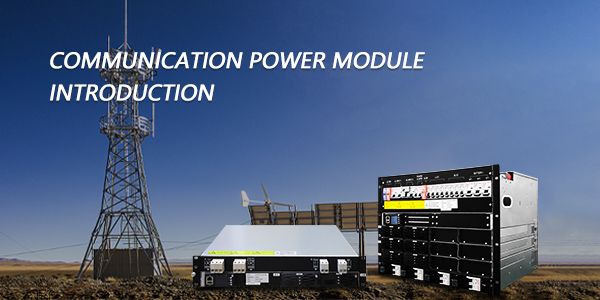 Communication Power Module Introduction
Jun 30, 2025
Communication Power Module Introduction
Jun 30, 2025
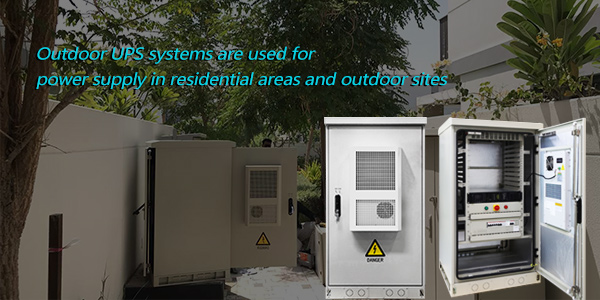 Outdoor UPS systems are used for power supply in residential areas and outdoor sites
Jun 20, 2025
Outdoor UPS systems are used for power supply in residential areas and outdoor sites
Jun 20, 2025
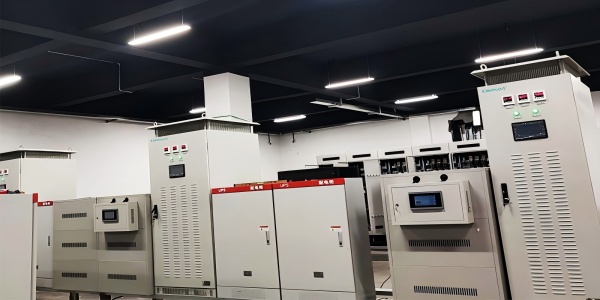 Analysis of the Application and Core Advantages of Industrial UPS in Industrial Automation
Jun 07, 2025
Analysis of the Application and Core Advantages of Industrial UPS in Industrial Automation
Jun 07, 2025
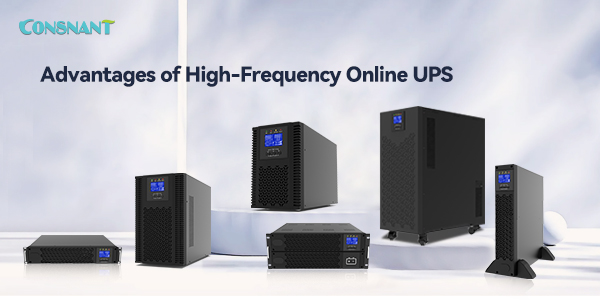 Advantages of high-frequency online UPS
May 23, 2025
Advantages of high-frequency online UPS
May 23, 2025
 Updated upgrade! CONSNANT's high-frequency online UPS
May 14, 2025
Updated upgrade! CONSNANT's high-frequency online UPS
May 14, 2025
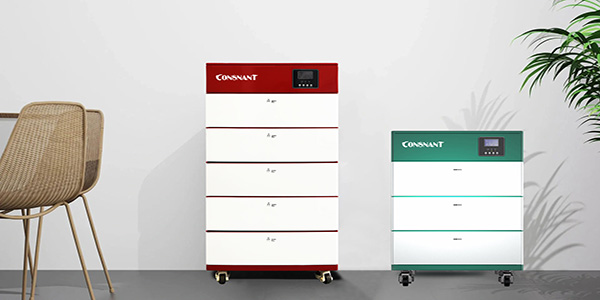 Home energy storage system: creating a new green and intelligent energy ecosystem
Apr 23, 2025
Home energy storage system: creating a new green and intelligent energy ecosystem
Apr 23, 2025
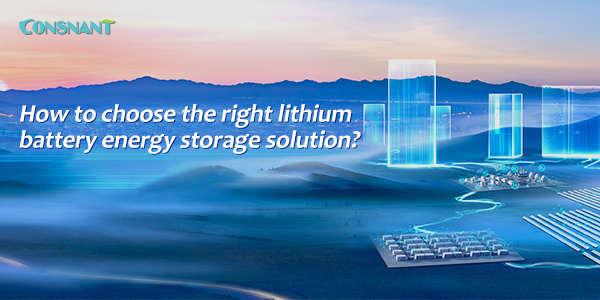 Lithium battery energy storage system: Smart energy steward in the new energy era
Apr 14, 2025
Lithium battery energy storage system: Smart energy steward in the new energy era
Apr 14, 2025
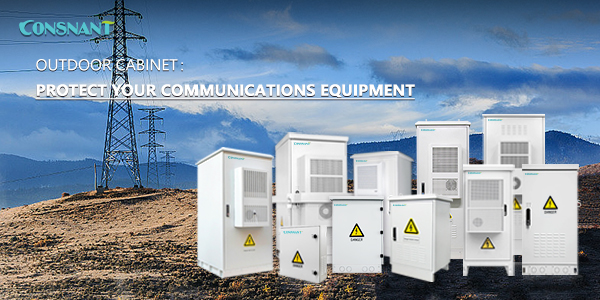 Outdoor communication cabinet: Guardian of equipment in extreme environment
Apr 07, 2025
Outdoor communication cabinet: Guardian of equipment in extreme environment
Apr 07, 2025
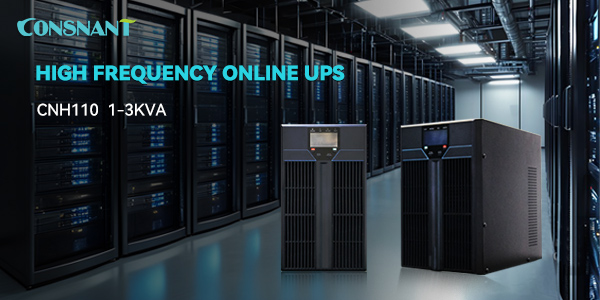 Hot-selling products: High Frequency Online UPS
Mar 07, 2025
Hot-selling products: High Frequency Online UPS
Mar 07, 2025
 Hot Products:Low Frequency Online UPS
Feb 27, 2025
Hot Products:Low Frequency Online UPS
Feb 27, 2025
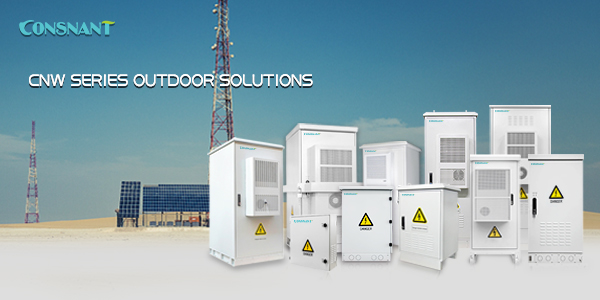 CNW Series Outdoor Power Solutions
Jan 03, 2025
CNW Series Outdoor Power Solutions
Jan 03, 2025
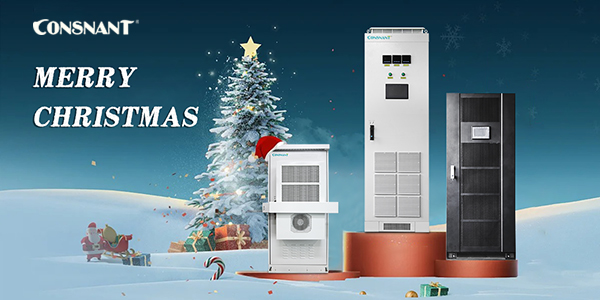 CONSNANT : Wishing Everyone a Merry Christmas!
Dec 24, 2024
CONSNANT : Wishing Everyone a Merry Christmas!
Dec 24, 2024